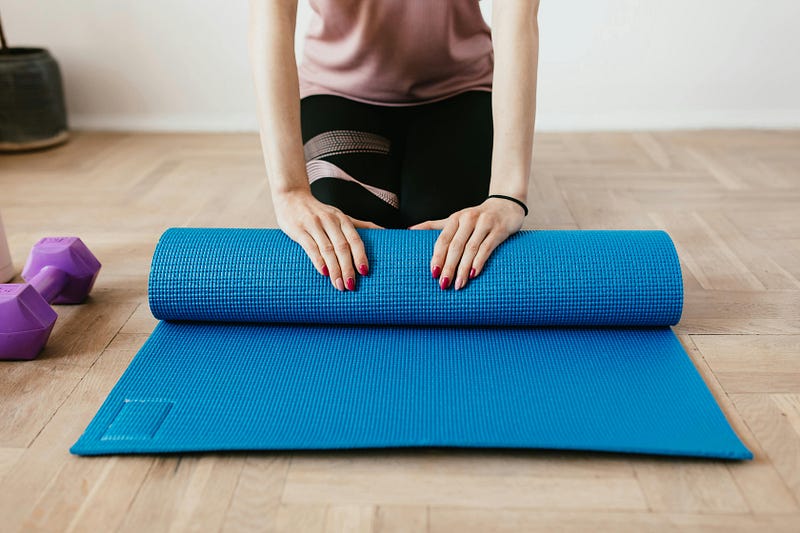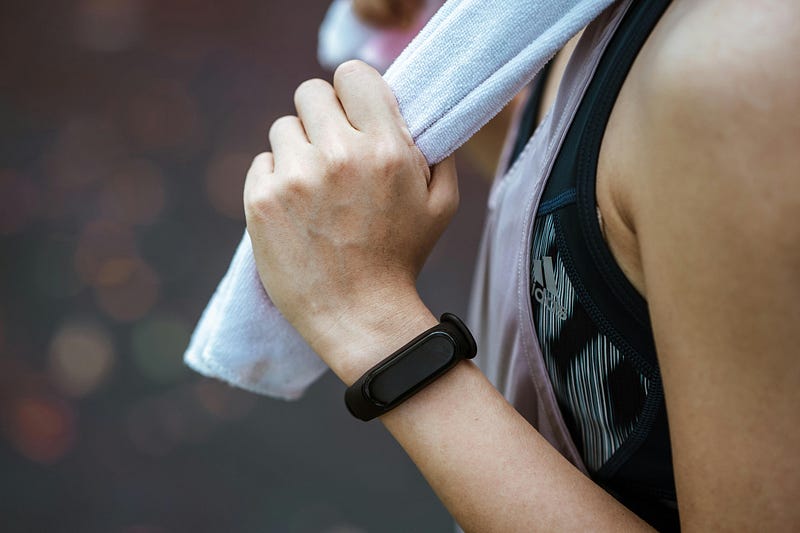🏋️♂️💤The Science of Recovery: Optimizing Post-Workout Rest

In the quest for peak performance, it’s easy to focus solely on intense workouts and rigorous training regimens. However, an often-overlooked component of fitness success is recovery. Proper recovery is essential for muscle repair, growth, and overall well-being. Let’s dive into the science of recovery, exploring best practices, the crucial role of sleep, and the latest recovery gadgets to help you bounce back stronger and faster.
Why Recovery Matters 🏋️♂️💤
When you exercise, particularly with high intensity, you create tiny tears in your muscle fibers. This might sound alarming, but it’s actually the foundation of muscle growth. The process of repairing these microtears is what leads to stronger, bigger muscles. But this repair process requires time and proper recovery strategies.
Muscle Repair and Growth
During exercise, especially strength training, muscle fibers experience microtears. The body repairs these tears by fusing the damaged fibers together, which increases muscle mass and strength. This repair process is driven by protein synthesis, which is most efficient when the body is at rest.
Hormonal Balance
Intense exercise triggers the release of various hormones like cortisol, which can lead to muscle breakdown if not properly managed. Recovery helps balance these hormones, reducing the risk of overtraining and ensuring that the anabolic (muscle-building) processes outweigh the catabolic (muscle-breaking) ones.
Mental Well-being
Recovery isn’t just physical — it’s mental too. Exercise, while beneficial, is a form of stress. Without adequate recovery, you can experience burnout, decreased motivation, and even mental fatigue. Ensuring you have proper recovery strategies in place can help maintain your mental sharpness and enthusiasm for training.
Best Practices for Recovery 🧘♂️🌿

Optimizing recovery involves a combination of rest, nutrition, hydration, and active recovery strategies. Here are some best practices to ensure you’re getting the most out of your downtime:
Rest Days
Incorporate rest days into your workout routine. This doesn’t mean you have to be completely sedentary; light activities like walking, gentle yoga, or stretching can promote blood flow and help with muscle recovery without adding stress.
Hydration
Staying hydrated is crucial for recovery. Water is essential for nutrient transport and waste removal in the body. Dehydration can impede these processes and slow down recovery. Aim to drink at least 8–10 glasses of water daily, more if you’re engaging in intense workouts.
Nutrition
Fueling your body with the right nutrients is critical. Focus on a balanced diet rich in protein, carbohydrates, and healthy fats. Protein is essential for muscle repair, carbohydrates replenish glycogen stores, and fats support overall health. Consider incorporating foods like lean meats, fish, eggs, dairy, legumes, nuts, seeds, and whole grains.
Active Recovery
Engaging in low-intensity activities on rest days can enhance recovery by increasing blood flow to muscles, which helps remove metabolic waste products like lactic acid. Activities such as swimming, cycling at a leisurely pace, or foam rolling can be very effective.
Stretching and Flexibility Exercises
Incorporating stretching and flexibility exercises into your routine can improve muscle elasticity and reduce stiffness. Practices like yoga or dedicated stretching sessions can be particularly beneficial.
The Role of Sleep in Recovery 😴🛌

Sleep is arguably the most critical component of recovery. During deep sleep, the body undergoes several processes that are essential for recovery and muscle growth:
Growth Hormone Release
During the deep stages of sleep, the body releases growth hormone, which is crucial for muscle repair and growth. This hormone helps in the synthesis of proteins, aiding in the rebuilding of muscle tissues that are broken down during exercise.
Muscle Repair
During sleep, blood flow to the muscles increases, which facilitates the delivery of nutrients and oxygen necessary for muscle repair. This process is essential for recovery and muscle growth.
Mental Restoration
Sleep is also vital for cognitive function and mental health. Adequate sleep improves focus, mood, and motivation, all of which are crucial for consistent training.
Optimal Sleep Hygiene
To maximize the benefits of sleep, practice good sleep hygiene:
Maintain a consistent sleep schedule: Go to bed and wake up at the same time every day.
Create a restful environment: Ensure your bedroom is cool, dark, and quiet.
Limit screen time before bed: The blue light emitted by phones and computers can interfere with your sleep cycle.
Avoid caffeine and heavy meals before bed: These can disrupt your sleep.
Click Here to Claim Your Free Bonus For Refreshing Tea Remedies
Recovery Gadgets and Tools 🛠️🌟

The fitness industry has seen a surge in innovative recovery gadgets designed to enhance recovery. Here are some of the top tools to consider:
Foam Rollers
Foam rollers are excellent for self-myofascial release, helping to break down scar tissue and muscle knots. Using a foam roller can improve blood flow, reduce muscle soreness, and enhance flexibility.
Percussive Therapy Devices
Percussive therapy devices, like the Theragun, use rapid, concentrated pulses to massage muscle tissues. These devices can relieve muscle tension, reduce soreness, and accelerate recovery.
Compression Gear
Compression garments, such as sleeves, socks, and tights, are designed to improve blood flow and reduce muscle swelling. Wearing compression gear during and after workouts can help speed up recovery and reduce muscle fatigue.
Cryotherapy
Cryotherapy involves exposing the body to extremely cold temperatures for a short period. This can reduce inflammation, alleviate pain, and promote muscle recovery. While it can be expensive and isn’t accessible to everyone, many athletes find it to be an effective recovery tool.
Electrical Muscle Stimulation (EMS)
EMS devices send electrical impulses to muscles, causing them to contract and relax. This can enhance blood flow, reduce muscle soreness, and prevent muscle atrophy. EMS is often used by physical therapists but is also available in portable devices for home use.
Discover the Nature’s Secret to Accelerating Weight Loss — Click Here to Learn More
Conclusion: Embrace the Recovery Process 🏆🧘♀️
Optimizing post-workout recovery is not a luxury — it’s a necessity for anyone serious about their fitness goals. By understanding the science behind recovery and implementing best practices, you can enhance your performance, prevent injuries, and ensure long-term success in your fitness journey.
Incorporate proper rest, nutrition, hydration, and sleep into your routine. Utilize recovery gadgets and techniques to support your body’s natural repair processes. Remember, recovery is where the magic happens — it’s when your muscles grow stronger, your mind becomes sharper, and your body prepares for the next challenge. Embrace the recovery process and watch your fitness progress soar. 🌟💪

Comments
Post a Comment